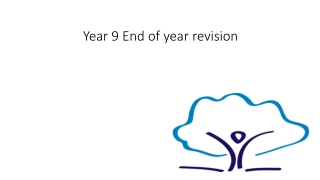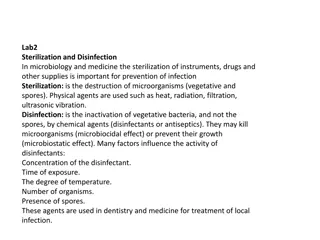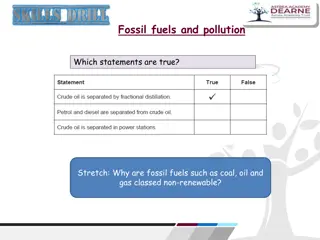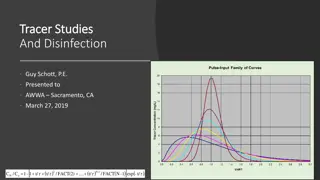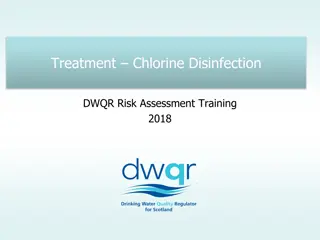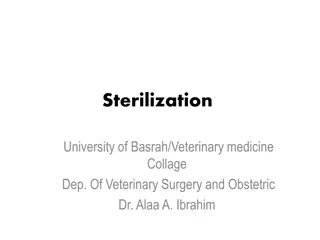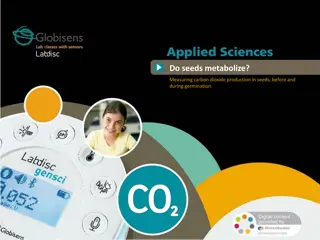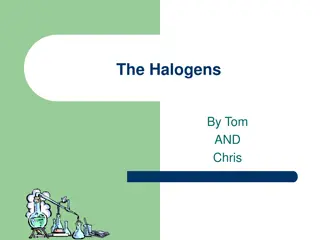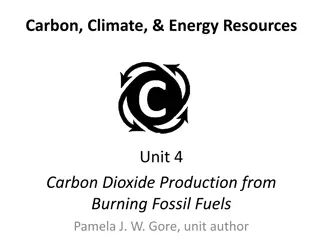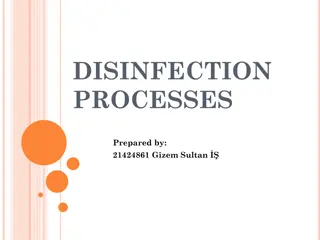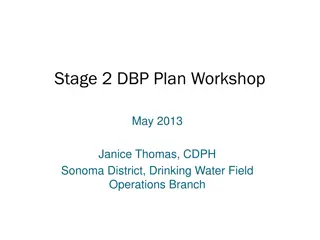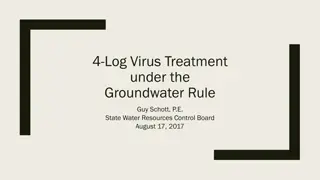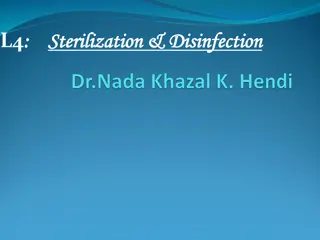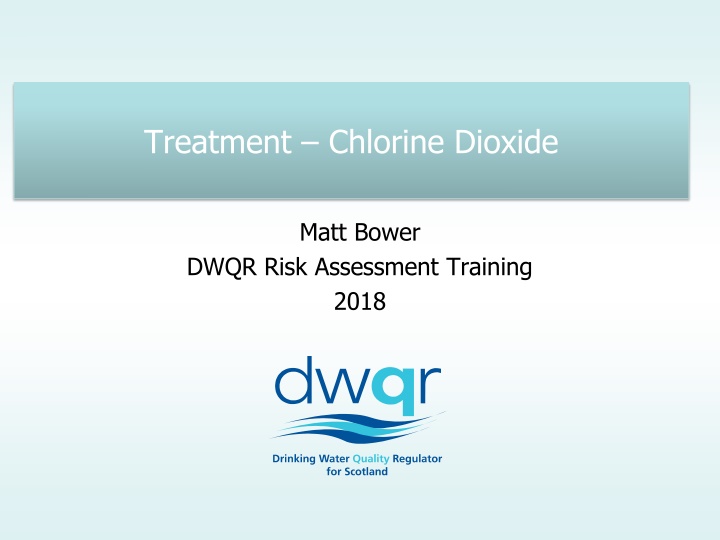
Chlorine Dioxide Treatment Overview and Key Points
Learn about the use of chlorine dioxide in water treatment, including its effectiveness, usage, key points to watch for, and common questions to ensure proper disinfection protocols. Understand the risks and best practices associated with chlorine dioxide generation and monitoring.
Download Presentation

Please find below an Image/Link to download the presentation.
The content on the website is provided AS IS for your information and personal use only. It may not be sold, licensed, or shared on other websites without obtaining consent from the author. If you encounter any issues during the download, it is possible that the publisher has removed the file from their server.
You are allowed to download the files provided on this website for personal or commercial use, subject to the condition that they are used lawfully. All files are the property of their respective owners.
The content on the website is provided AS IS for your information and personal use only. It may not be sold, licensed, or shared on other websites without obtaining consent from the author.
E N D
Presentation Transcript
Treatment Chlorine Dioxide Matt Bower DWQR Risk Assessment Training 2018
Overview Generated on site as not stable indefinitely Powerful oxidant and disinfectant (poss. including Crypto) Generally lower taste and odour and byproduct issues that Chlorine Effective at higher pH than chlorine Some lasting residual
Usage Generation usually automated process from two reagents (careful storage and handling needed) Online monitoring is integral to the process Consider monitoring residual at end of supply as well Typical residual 0.5mg/l Contact time 15-30 mins Potential for chlorate / chlorite by-product formation if too much used.
Key Points to Watch For Check disinfection philosophy how is dose set and what is the contact time? How are residuals monitored? Are the reagent chemicals suitable for water use? What maintenance is done on the generator? Anyone checking for by-products?
Questions TCD1 Could undisinfected water pass into supply? Automated chlorine dioxide dosing units may operate with a standby system in place, ensuring that chlorine dioxide continues to be dosed at the appropriate level if the main disinfection system fails (for example if the supply runs out, or a dosing line blocks). This will help ensure water is subject to disinfection at all times. Refer to the maintenance regime recommended by the manufacturer and ask for written documentation that this is being adhered to, including servicing. Such documentation includes entries in a log book, diary records, and full records. Determine what alarms are in place to alert the operator to any loss of chlorine dioxide dosing, and whether this is linked to any automatic shut down of the supply to prevent undisinfected water entering the supply. TCD2 Could lack of maintenance compromise the disinfection process? TCD3 Could a loss of chlorine dioxide dosing be undetected due to lack of appropriate alarms and shutdowns? TCD4 Is there a risk of contamination due to use of chemicals of inappropriate grade, i.e. not approved for use in drinking water supplies? Chemicals used in a chemical disinfection system must be approved for use with drinking water supplies and comply with Regulations. TCD5 Could disinfection be compromised due to incorrect storage of reagent chemicals or excessive storage times? Reagent chemical need to be stored correctly and in line with manufacturers' recommendations in order to function correctly. Incorrect conditions can significantly impair disinfection. Chlorine dioxide is made from reagent chemicals, the make up of which is usually automatic. The target chlorine dioxide residual should be set at an appropriate level and this must be clearly documented on site. TCD6 Is there a possibility of the chlorine dioxide being made up incorrectly / the system malfunctioning? Could there be confusion over the target chlorine dioxide residual (is it documented and appropriate?) TCD7 TCD8 Is there a risk of poor control of disinfection due to lack of residual monitoring? It is important that chlorine dioxide residual is monitored in the water. This will usually (and ideally) be continuously via online monitors, with chlorine dioxide dose adjusted accordingly. TCD9 Is there a risk of inadequate contact time under some flow conditions? Chlorine dioxide needs contact time with the water in order to disinfect effectively. Chlorine dioxide is a slightly weaker disinfectant than chlorine, although it is effective over a wider pH range. A suitable contact tank or pipe should be present that ensures sufficient contact time at all flows (it may be necessary to restrict the maximum flow to enable this). The primary disinfection by-product arising from the use of chlorine dioxide disinfection systems is chlorite/ chlorate. Formation is primarily controlled by ensuring chlorine dioxide generators are operated and maintained in accordance with manufacturer's instructions and by minimising shelf lives of reagents. TCD10 Is there potential for by-product formation (primarily chlorate)?

